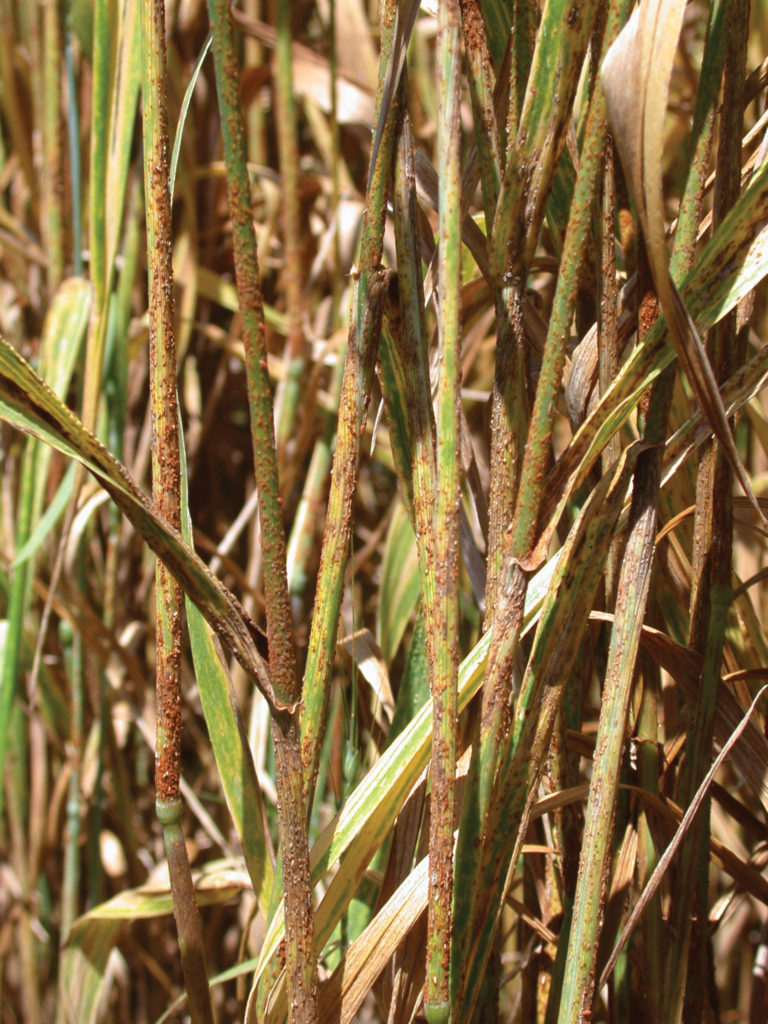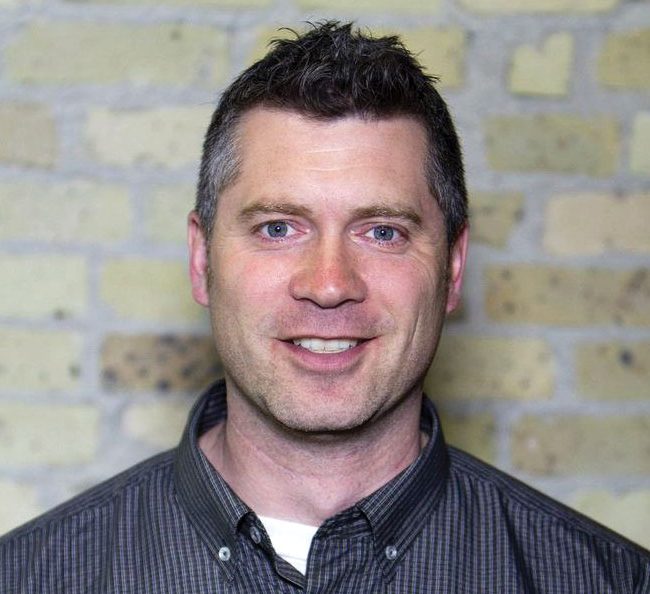NEXT STOP: CANADA
A spectre is haunting the world’s wheat farmers, and its name is UG99. Spread by spores that can cross oceans, Ug99 is the latest mutation of a crop disease called stem rust that has been feared throughout history. Known since ancient times, it was considered a curse in what is now Israel. To the Romans, it was a deity to be appeased with sacrifices and processions, lest their crops be destroyed.











